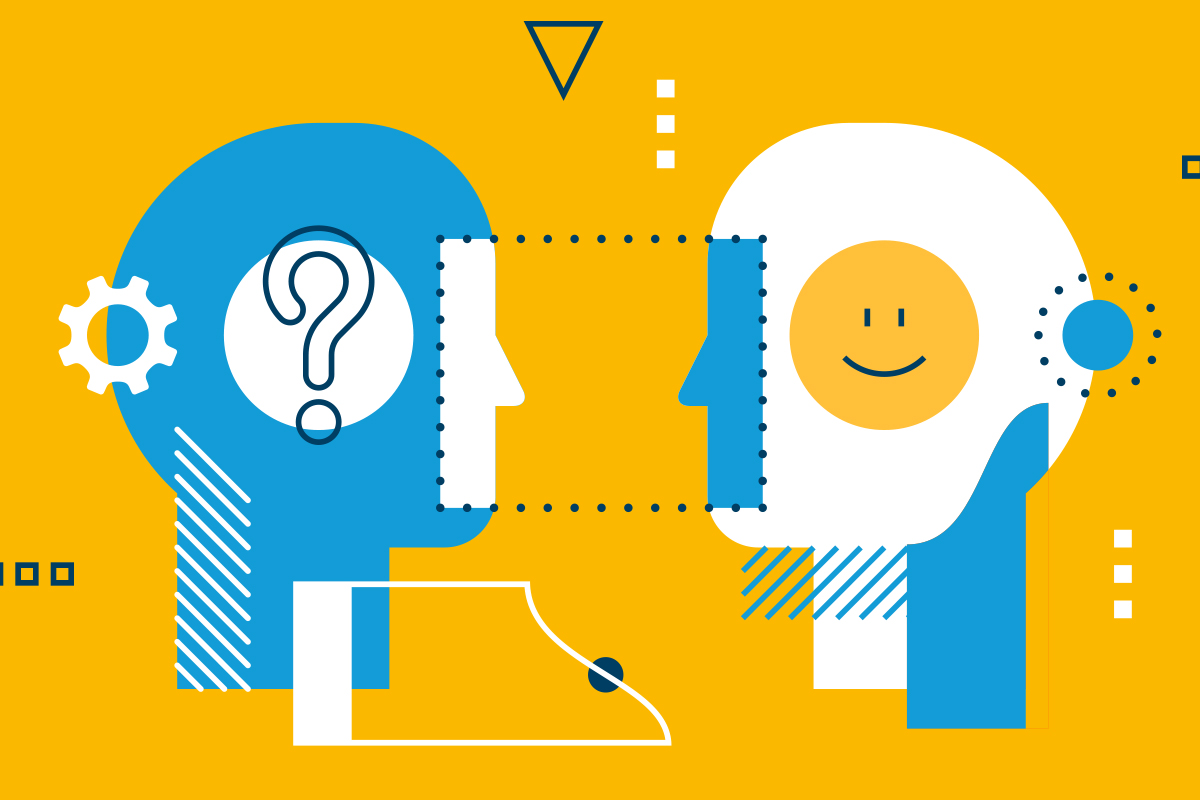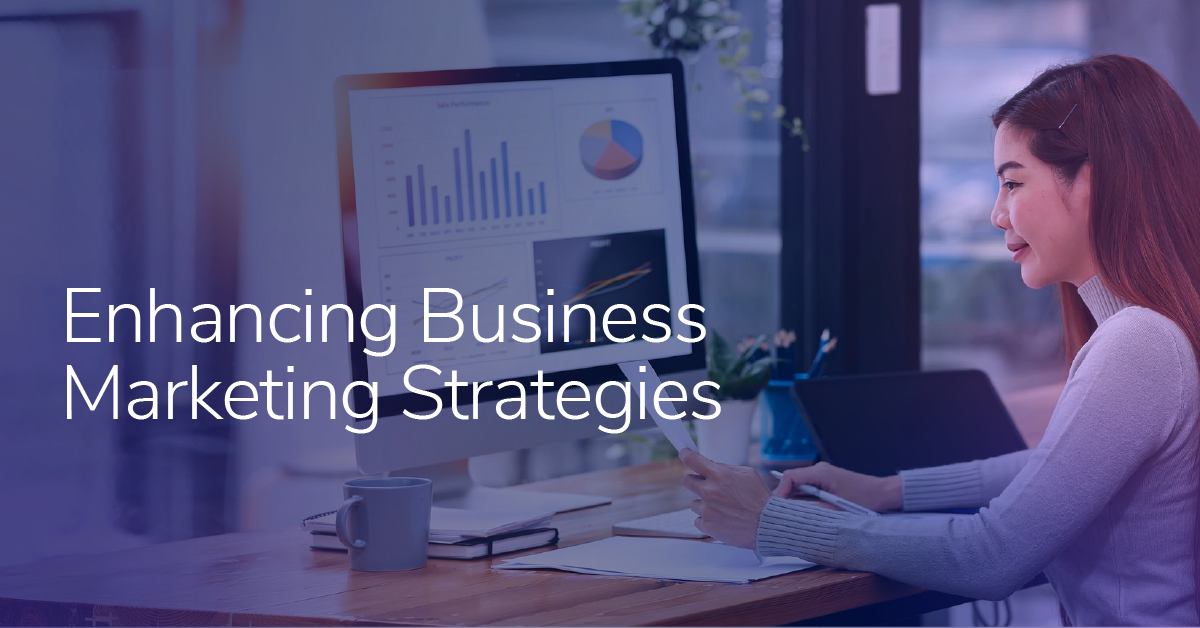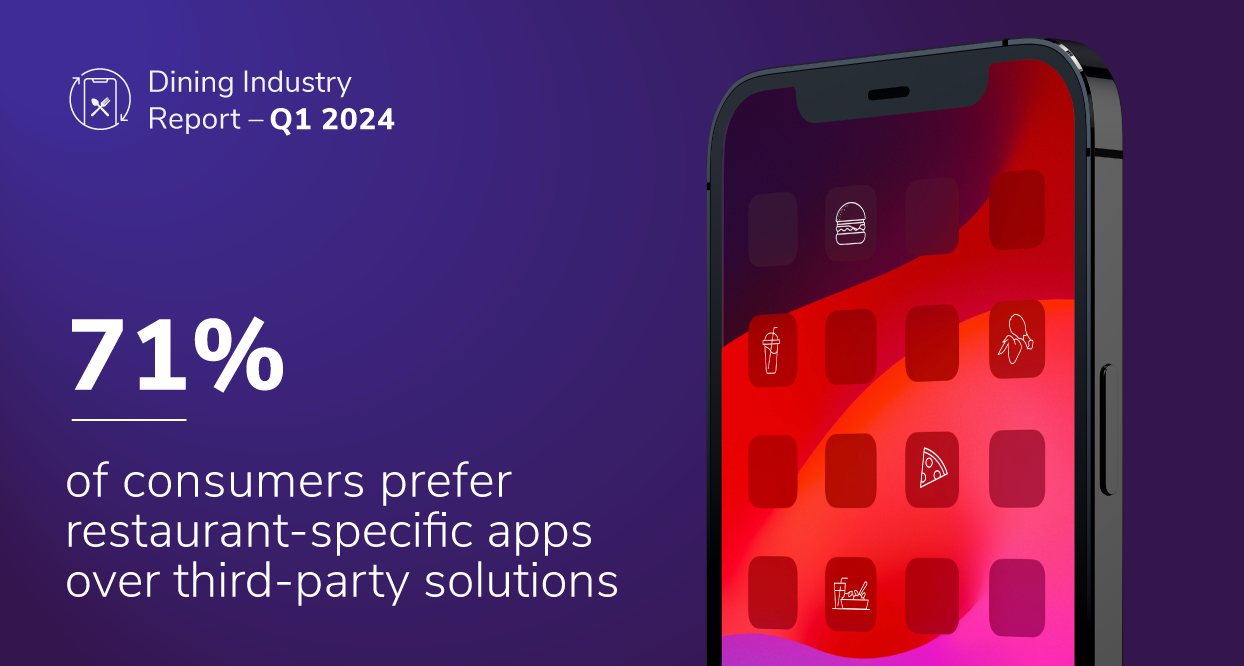Empathy in Web Accessibility

Today we celebrate Global Accessibility Awareness Day with an exploration into how building empathy is fundamental to improving our approach to web accessibility. We've touched on cognitive empathy as part of an introduction to emotional intelligence, now we're going to look at it from the perspective of accessibility. We'll describe what kinds of empathy are needed, why it's so important, and how to fit it into our everyday routines.
What Kind of Empathy is Needed?
First and foremost, we need strong empathy towards all users of the interfaces and applications we build regardless of handicap. We wouldn't knowingly release a new feature that couldn't be accessed by screen-reading software. The first step in ensuring that doesn't happen is empathy towards users that rely on such software to navigate the web.
Following closely is empathy towards our clients, who also have the best intentions for the projects they entrust us to build. As the subject matter experts, we need to ensure we educate our clients on what it means to be accessible and to work as partners with them towards that goal.
Last but not least, we need to be empathetic towards each other. To all our fellow designers, developers, QA analysts, and the myriad others we work with every day because we're all at different points in our journeys with web accessibility and can benefit from each other's unique perspectives.
Why is Empathy Important to Accessibility?
Despite all the legislation and technical documentation urging for a more accessible Internet, the bottom line is it's just the right thing to do. Understanding and awareness are two of the biggest roadblocks to getting product engineers to consider issues of accessibility. Awareness to include small course corrections at the early stages of a project could have a significant impact, and the kinds of empathy mentioned above can help build that awareness.
The Internet has the unique ability to connect people to a world they may otherwise have never known. Where people can experience a type of unrestricted liberty. Take Jessie Lorenz for example. She is executive director of the Independent Living Resource Center San Francisco. Having been blind since birth, she says, "A lot of people are afraid of the blind. Facebook lets me control the narrative and break down some of the stigmas and show people who I am." We, as the builders of the web, have the power to connect these people!
How Do I Incorporate Empathy?
It’s one thing to read about empathy, but it’s important to move from education into action. The following steps outline ways to make accessibility part of our routine.
Experience It For Yourself
To build cognitive empathy for accessibility we need to understand how disabled users navigate the web. Two great places to start building that understanding is by reading about those with disabilities and attempting to experience the web as they do first-hand. The GAAD website has some great ideas you can try today and check out the Resources section below for some great books and online resources.
Become A Resource
As you strengthen your own empathy and understanding, you can take steps to become a resource to others in helping them on their journey. You don't have to be an accessibility expert to be an advocate. Start by viewing your work with this new perspective and share this knowledge with your organization wherever you can. Consider the following tips:
- Bring up accessibility concerns in meetings
- Add an accessibility section to your company's knowledge base
- Host a lunch-and-learn or informational session (and record for future viewing!)
- Build an ‘Accessibility Review’ stage into standard project templates
- Start an #accessibility channel in your company’s messaging app (Slack, Hipchat, Yammer, etc.)
Make it Personal
In all situations mentioned thus far in this section, I find that it's best to speak in terms of real-world situations because compliance doesn’t inspire action, people do. For example “this text color doesn’t meet WCAG 2.0 AA success criterion 1.4.3" doesn't have quite the same impact as "People with red-green color blindness will have trouble reading this text." Both describe the same issue, but humanizing the issue makes all the difference.
In Closing
Accessibility is a large and multifaceted topic; it's easy to become intimidated and overwhelmed. Remember the old adage that "Rome wasn't built in a day," small steps towards inclusion in our designs and code can still affect a large amount of people. And those small steps will become more and more clear as we develop our empathy for those that benefit from it.
Resources
Books
- A Web for Everyone: Designing Accessible User Experiences by Sarah Horton & Whitney Quesenbery
- Design for Real Life by Sara Wachter-Boettcher and Eric Meyer
- Practical Empathy by Indi Young
Online


